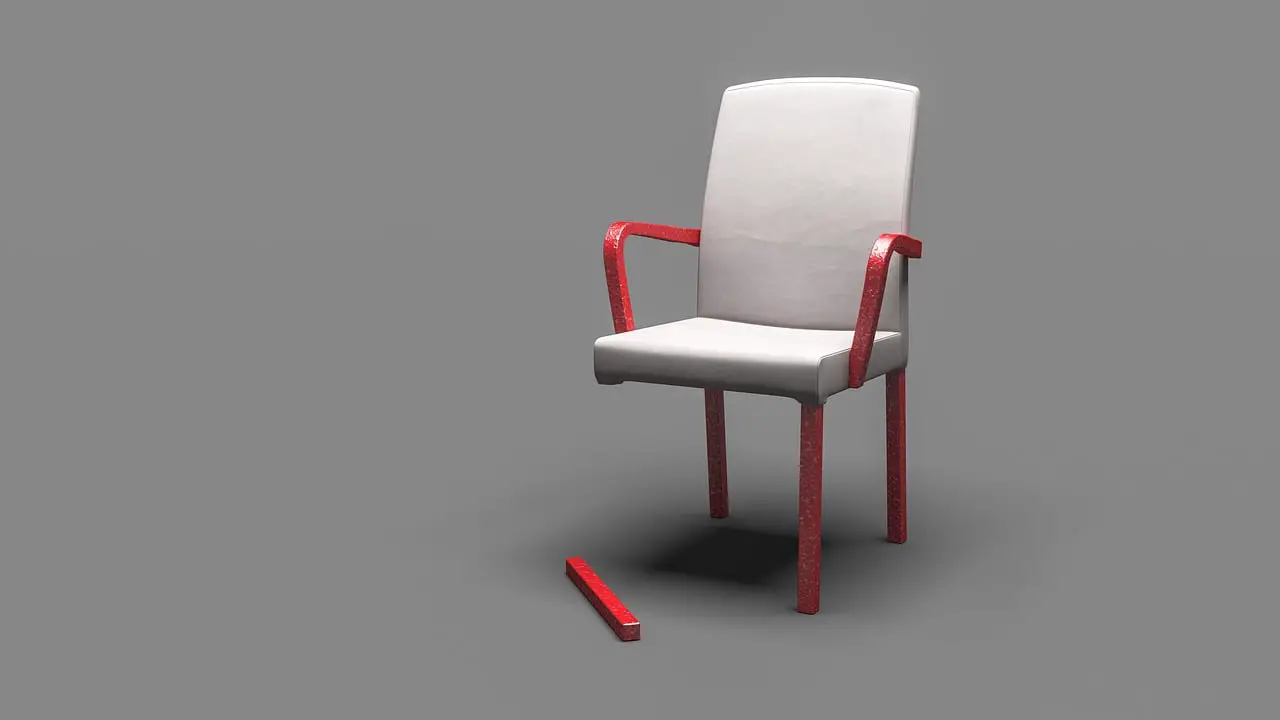In the realm of technological innovation, VirtualForge stands as a powerful software tool that assists in the analysis of color quality on electronic displays. However, even the most advanced and cutting-edge software is not immune to the occasional crash. This article aims to provide a comprehensive guide for troubleshooting VirtualForge crashes caused by non-valid license keys. When such an unfortunate event occurs, VirtualForge crashes, leading to disruptions in the About dialog. To rectify this situation, the non-valid license file must be eliminated, with the specific location varying depending on the operating system being used. For Mac users, the license file is hidden within the Library folder, accessible through a series of steps. On the other hand, Windows users can locate the license file in the ProgramDatapectraCalVirtualForgeLicense folder. By deleting the non-valid license file, restarting the system, and subsequently entering a valid license key, VirtualForge can be revived and resume its indispensable functions.
Key Takeaways
- Non-valid license key can cause VirtualForge to crash.
- To recover from a crash, delete the non-valid license file.
- On Mac, the license file is located in the hidden Library folder. Delete the com.virtualforge.plist or com.spectracal.plist file.
- On Windows, the license file is located in the C:ProgramDatapectraCalVirtualForgeLicense folder. Delete the VirtualForge.lic file.
VirtualForge Crash Recovery
VirtualForge Crash Recovery involves following specific steps to delete non-valid license files and restart the VirtualForge software with a valid license key, depending on the operating system being used (Mac or Windows). In the case of Mac, users need to hold the Option key and select Go from the top menu to access the hidden Library folder. From there, they should navigate to the Preferences folder and find and delete the com.virtualforge.plist or com.spectracal.plist file. After restarting the MacOS, VirtualForge should be restarted and a valid license key should be entered. For Windows users, the non-valid license file, VirtualForge.lic, needs to be deleted from the C:ProgramDatapectraCalVirtualForgeLicense folder. After restarting the Windows system, VirtualForge should be restarted and a valid license key should be entered.
Non-valid license key causes crash
Non-valid license keys have been found to be the cause of crashes in VirtualForge, with a notable statistic showing that these crashes affect the VirtualForge About dialog. To recover from this issue, it is necessary to delete the non-valid license file. The steps to do this depend on the operating system.
For Mac users, they need to hold the Option key on the keyboard and select Go from the top menu. Then, they should navigate to the Preferences folder and find and delete either the com.virtualforge.plist or com.spectracal.plist file. After restarting MacOS and VirtualForge, a valid license key can be entered.
Windows users should navigate to the C:ProgramDatapectraCalVirtualForgeLicense folder and delete the VirtualForge.lic file. After restarting Windows and VirtualForge, a valid license key can be entered.
Recovering from crashes caused by non-valid license keys is crucial for uninterrupted use of VirtualForge and to ensure the smooth operation of this innovative software.
Recovery steps for Mac
The recovery steps for Mac involve accessing the hidden Library folder by holding the Option key, selecting Go from the top menu, navigating to the Preferences folder, and deleting either the com.virtualforge.plist or com.spectracal.plist file. After completing these steps, the user needs to restart MacOS and VirtualForge. Once VirtualForge is restarted, the user will be prompted to enter a valid license key. These steps are crucial for resolving crashes caused by a non-valid license key in VirtualForge. By following these precise instructions, users can effectively troubleshoot and recover from license-related crashes. This recovery process ensures that VirtualForge operates smoothly and efficiently, allowing users to continue their innovative work without interruption.
Recovery steps for Windows
The recovery steps for Windows involve navigating to the C:ProgramDatapectraCalVirtualForgeLicense folder and deleting the VirtualForge.lic file. After completing this step, the user needs to restart Windows and then restart VirtualForge. Finally, they can enter a valid license key to ensure the proper functioning of VirtualForge.
| Steps for Windows Recovery |
|---|
| 1. Navigate to C:ProgramDatapectraCalVirtualForgeLicense folder |
| 2. Delete VirtualForge.lic file |
| 3. Restart Windows |
| 4. Restart VirtualForge |
| 5. Enter valid license key |
These steps are essential for troubleshooting VirtualForge crashes on Windows operating systems. By following these precise and technical instructions, users can recover from crashes caused by non-valid license keys and ensure a smooth and innovative experience with VirtualForge.

